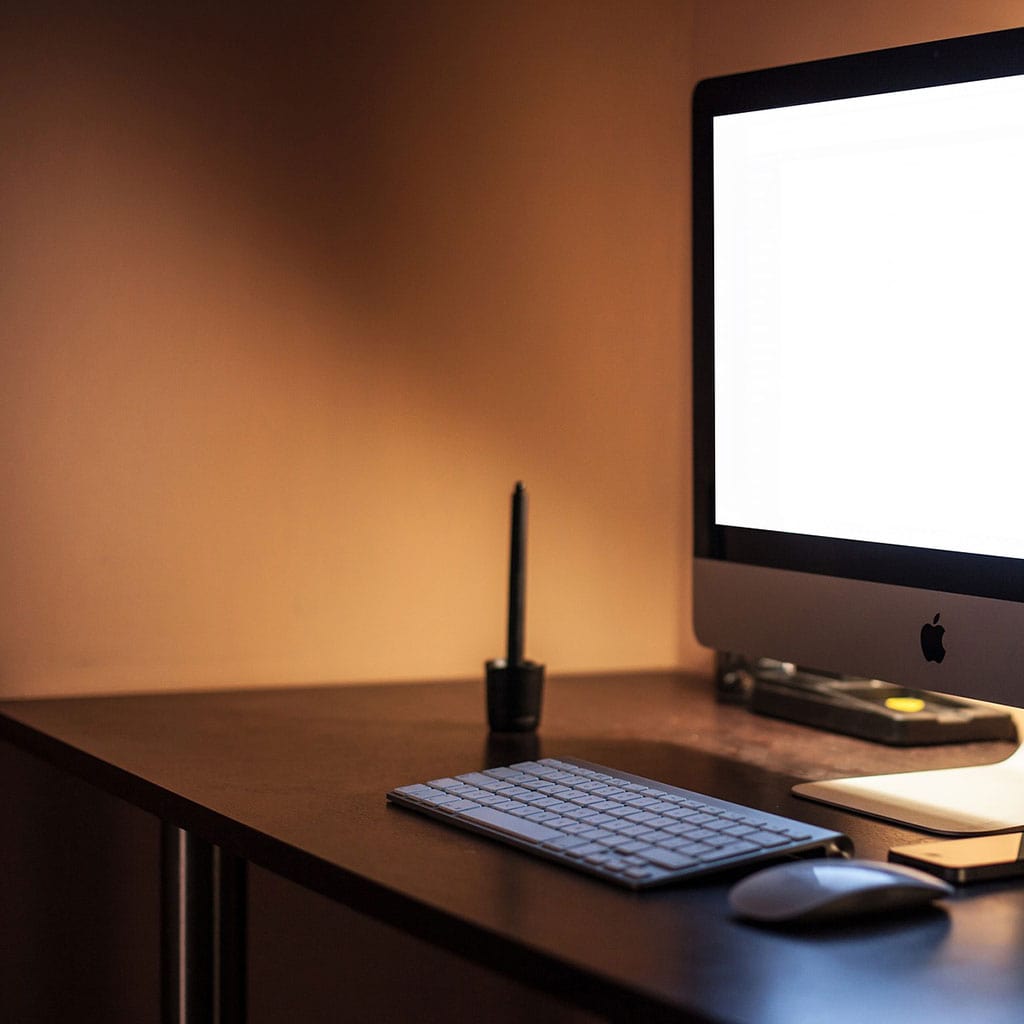How to stop iMac fan noise?
How to stop iMac fan noise?
Managing iMac fan noise can significantly improve work environments and overall user experience. Explore effective strategies and tips to reduce or eliminate fan noise on your iMac for a quieter and more peaceful computing environment.
Discover the ultimate solution to silence your iMac’s noisy fan once and for all!
Addressing iMac fan noise involves identifying potential causes and implementing various measures to mitigate or reduce the noise level. Here’s a comprehensive guide to assist in quieting an iMac’s fan noise:
- Check for Obstructions and Clean the iMac: Dust accumulation within the iMac’s vents and fans can cause overheating, prompting the fans to work harder and create noise. Shut down the iMac and use a can of compressed air or a soft brush to clean the vents, ports, and openings. This prevents blockages and allows proper airflow, reducing the need for the fans to run at higher speeds.
- Monitor and Manage System Load: Running resource-intensive tasks can cause the iMac’s temperature to rise, triggering the fans to operate more loudly. Use Activity Monitor (Applications > Utilities > Activity Monitor) to identify processes or applications consuming high CPU resources. Quit or close unnecessary programs to reduce the workload on the CPU and subsequently lower fan speeds.
- Adjust Fan Settings with Third-Party Apps: Utilize third-party applications like Macs Fan Control or iStat Menus to manually adjust fan speeds. These tools provide more control over fan settings, allowing users to set custom fan speeds or create specific temperature profiles to keep the iMac cooler and quieter.
- Keep the iMac in a Well-Ventilated Area: Ensure the iMac is placed in an area with good airflow to prevent overheating. Avoid placing it near heat sources or in enclosed spaces that might hinder proper ventilation, as this can lead to increased fan noise due to elevated temperatures.
- Check for Software Updates: Ensure the iMac’s operating system and all applications are up-to-date. Software updates often include fixes for thermal management, optimizing fan control algorithms, and addressing issues that could lead to increased fan noise.
- Consider Hardware Upgrades: If the iMac is consistently loud despite other measures, consider consulting a technician or Apple-certified professional. They can inspect the internal components, including the fan, and recommend repairs or replacements if necessary.
By implementing these steps, users can effectively mitigate iMac fan noise, ensuring a quieter computing experience while maintaining optimal performance and cooling for the system.
How do software updates influence fan control and noise levels on an iMac?





You must be logged in to post a comment.